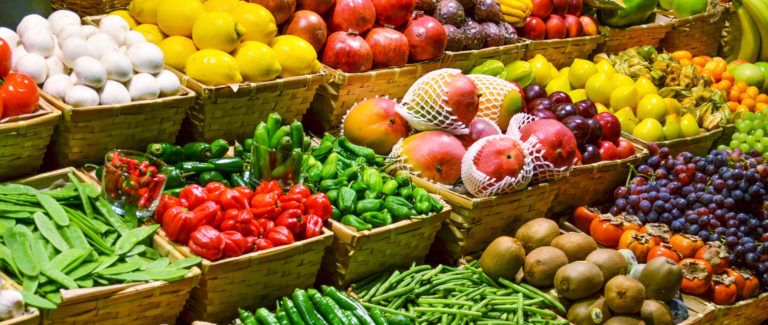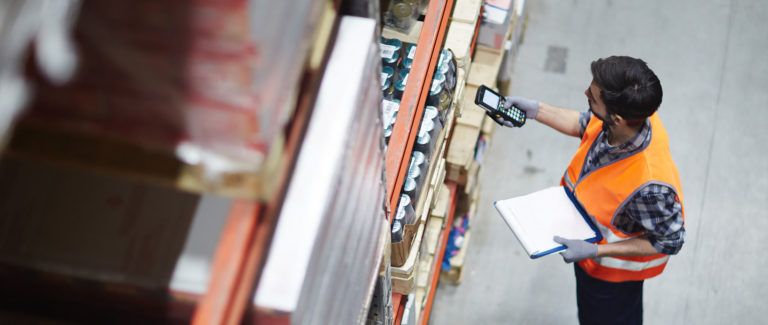
It’s time to rethink availability vs. waste in your grocery supply chain
Many assume that a focus on quality leads to a higher level of waste. It doesn't. In fact, waste and quality problems often share the same root cause.

Many assume that a focus on quality leads to a higher level of waste. It doesn't. In fact, waste and quality problems often share the same root cause.
Choosing a supply chain planning system isn’t easy. That's why we've listed some things to consider if you’re going to transform your supply chain planning.

We surveyed leading North American grocers and compiled the key results in a study titled 'Growing and Sustaining Competitive Advantage in Grocery Retail'.

A supply chain is always a work in progress. You can optimize it so it’s running as close to perfect as possible and then circumstances change.

The wide State of the Retail Supply Chain study conducted in 2017 by Martec International indicates that, in many areas, UK and Irish retailers are ahead of their European counterparts.

Managing seasons and public holidays is a never-ending task for retailers. To address this deficit, we have created an infographic illustrating how a successful Christmas supply chain should be managed.
Over the years almost every single retail initiative has had forecasting and replenishment at its core.
Once you understand how much will be sold on each day, the next step is to guarantee that the demand can be fulfilled, and in case of any problems, what actions are needed to ensure smooth operations.
One of the most established assumptions in inventory management is that stock holding needs to rise steeply as you increase availability.

Supply chain planning is particularly challenging for mid-market retailers encountering all the same complexities as big retailers.

In this whitepaper we take a look at how to optimize for the holiday season and draw lessons for year-round seasonal management.

In this white paper we will take an overview of the building blocks of successful forecasting and replenishment implementations for fresh goods.

At RELEX we’ve collated information from more than a dozen of our large customers about how they have chosen to organize their replenishment.

As sales fluctuate significantly day to day, precision with fresh food is only possible through accurate daily forecasting and daily replenishment.

In the food sector the longest holiday forecast period is that for Christmas and New Year, where successive holidays make maintaining supply chain efficiency quite challenging.

Spoilage reduction is the single most effective measure we know of that clients can take to boost their profits.

Supply chain integration is about knitting together operations of two or more companies via an integrated IT system. Learn how this can be done wisely.

Many large companies have been held back by large scale software projects that have gone wrong. Our agile approach however seems to work for us and our customers.

Particularetail trade companies, that often control both stores and warehouses themselves, no longer have any excuse for letting POS data gather dust in the stores’ till systems.

Clients thinking of automating their replenishment processes often ask me what potential problems they should be alert to when changing their systems.

Increasing automation in replenishment generally produces positive results. It doesn’t, however, make your replenishment managers redundant.

This article focuses on stock replenishment from the perspective of department store operations. The opportunities for improved efficiency are often great.

At the best times managing a spare parts supply chain is a challenge, at worst it can feel like an impossible task.